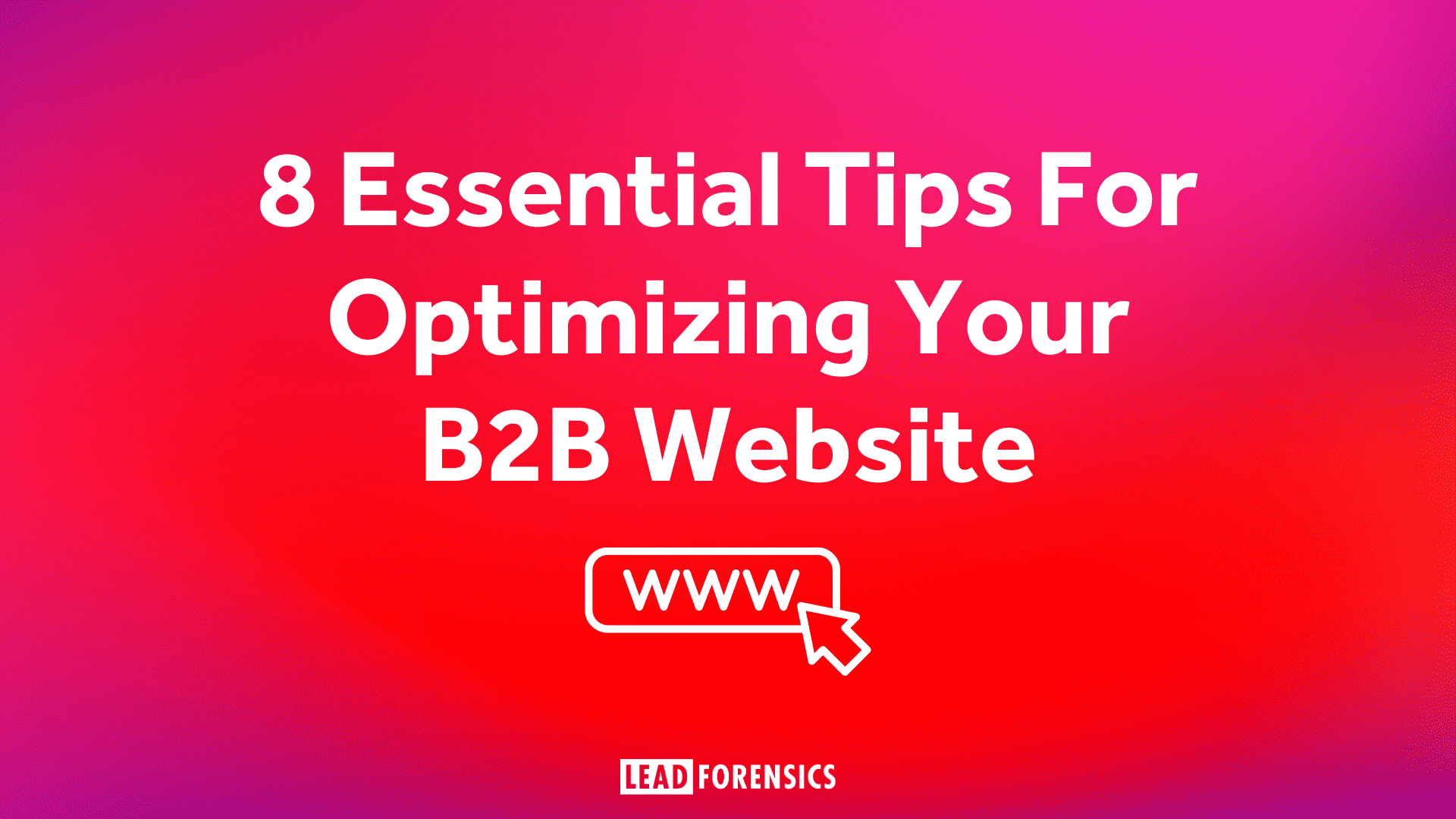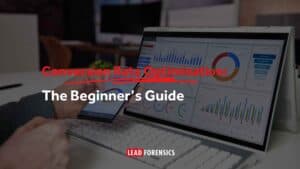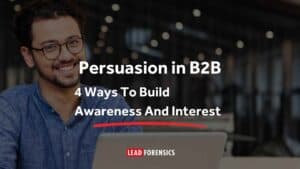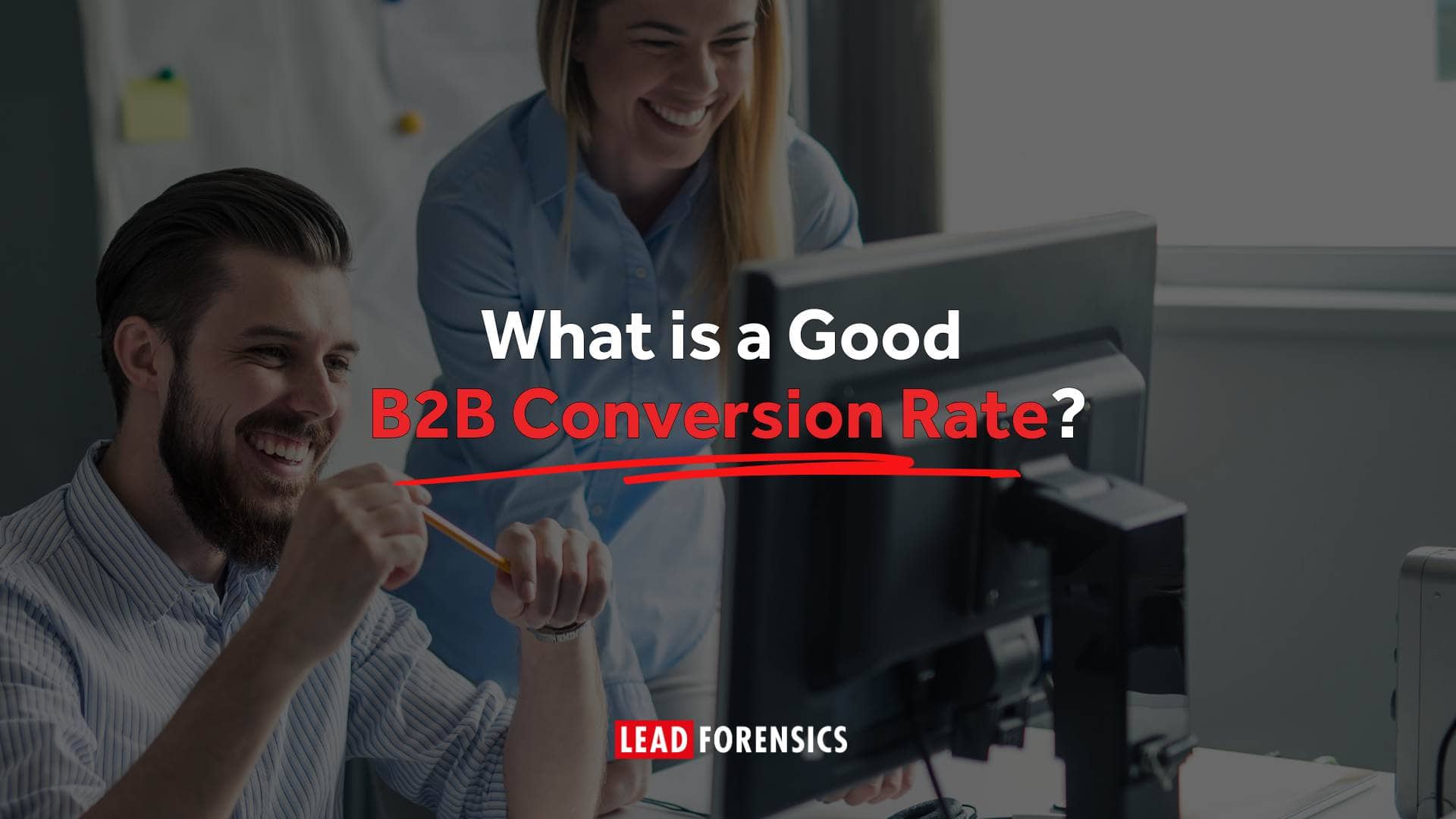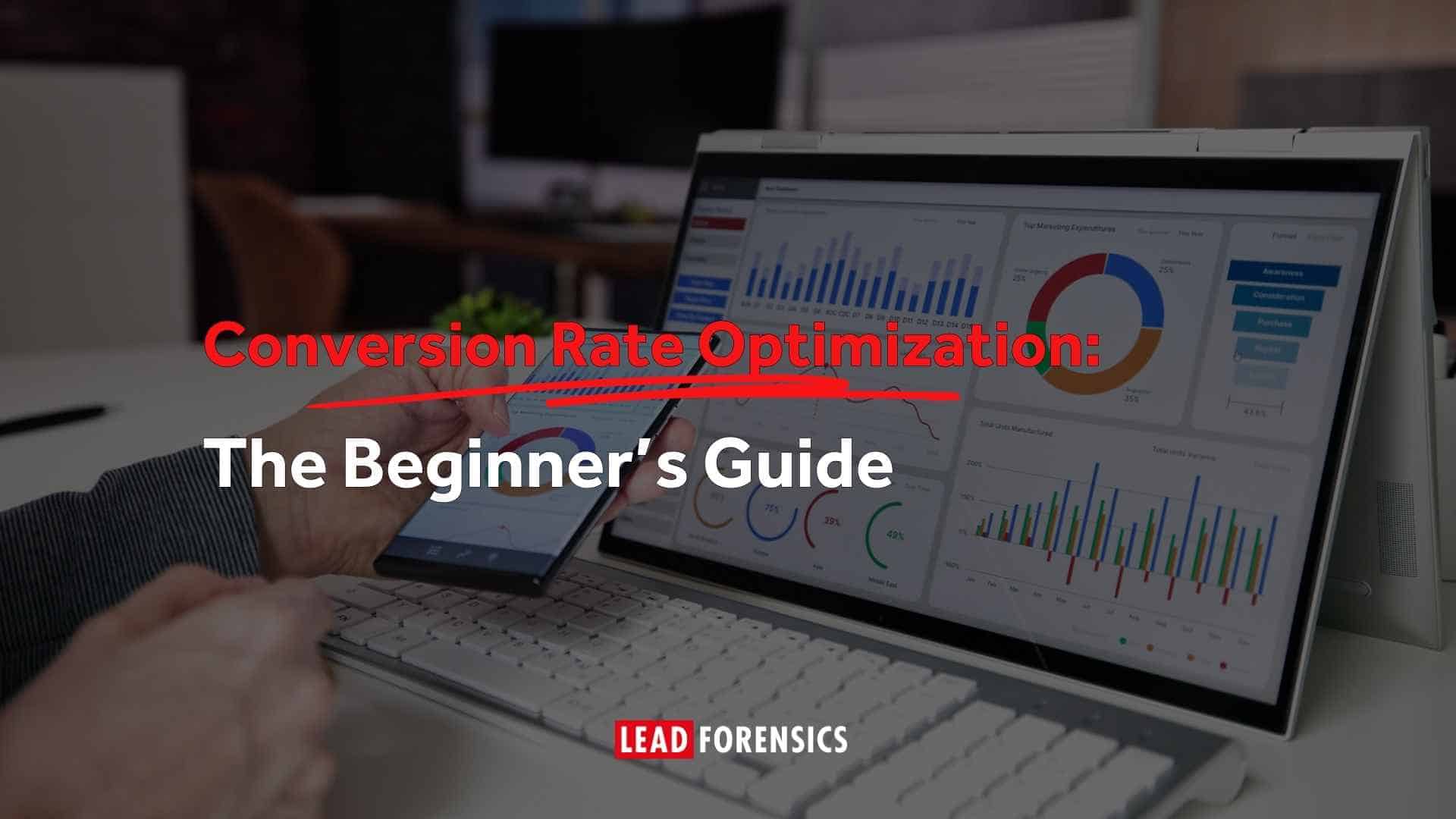Website optimization done properly not only makes your website easier to find through an SEO strategy but also makes your visitors more inclined to enquire about your product and trust your brand.
How can you do it? Here are 8 essential tips to get you started on optimizing your website to yield maximum lead generation results.
While you’re looking into website optimization, why not read more about how website optimization feeds into a multi-channel marketing strategy? Read more here!
2. It’s all about your visitor
I know you’re thinking “That’s obvious!”, you’d be surprised at how many websites are not putting the buyer first. A key example of this comes with many “product pages”; of course, you want to talk about your product’s features and what it all does, but that’s not the angle to take when optimizing your website.
Change your product page so it’s about the benefits of your product to the buyer – it still describes what you do, but it’s laced with information about how it can help them.
Take time to also consider what you can teach your website visitors. Use your website to share content such as blogs or downloadable assets, giving your visitors something of value. Use plenty of keywords throughout this content, so you’re also boosting your website SEO as well as earning credibility. See this as a trade-off with your buyer, you give them something of value, and they gain enough interest and trust to inquire about your product and how you can help them.
3. Content layout – get it right!
It’s always a struggle to get the appearance exactly right on a website, but some small aspects are crucial. As B2B buyers make decisions so quickly about what websites they do and don’t want to use, you need to organize your content in a way that gets to the point.
Put all your best content above the fold; all your impressive, persuasive copy, your call to action (more on those later…), and any stand out stats or graphics – get them above the fold to benefit both your quick-thinking buyer and your SEO.
It’s also worth noting here how crucial fresh content can be in boosting SEO. If your website content is updated regularly with keywords shuffled throughout, search engines will have more content to use, so you’ll appear more often.
This is where having a blog page can make all the difference to your website – this keeps your content fresh and gives SEO more to work with, without you having to compromise your website layout every few weeks!
4. Don’t forget the images
It doesn’t spring to mind in the same way as copy, but images can contribute a huge amount to website optimization! Ensure the file name of every image is relevant to your brand and the keywords on that page – so instead of the generic “48376.jpg”, you have images saved as “human_resources_advisor.jpeg” (or whatever is relevant to your brand and product!)
This very simple act means that your images are contributing to SEO – search engines take these into account as much as copy! This can take seconds to do, and have a huge impact on your website optimization. It also boosts your SEO in an image search, which may well yield more website traffic.
Other ways to optimize your website images include keeping the size under 125kb (for a speedy load time) and ensuring strong image titles and alt text. Remember – keep the image relevant, keep its message clear, and whatever you do – avoid stock images at all costs! (Keep an eye on your competitors for images they’re using – you want yours to stand out.)
5. Hierarchy and headers
You have full control over your website, which means you have control over the order in which your buyers see things. Maximize on the use of headers to create hierarchies that your buyers follow, so you can feed them information in a certain way and order. This helps them along the marketing funnel through AIDA (Awareness, Interest, Desire, Action).
From an SEO perspective, you have H1s (headers with heavy keyword priority and relevance), H2s, and H3s (sub-headers to their predecessor – not so stuffed with keywords but there to support the page’s content).
Have an individual H1 at the top of each page, drawing attention to the overall point and theme of the page, then use H2s as subheadings, and H3s to support the H2s that require more detail – this will mean your headers maximize your SEO as well as enhancing the message of your website.
When composing headers for your website optimization, remember to write with a dual audience in mind; you need to construct them for the benefit of your buyer, but also for the benefit of a robot applying SEO. Headers need to be littered with keywords but remain focused and provocative.
6. Mobile first
50% of B2B searches now occur on a mobile device, and Google found last year that 40% of revenue from leading B2B companies was driven by mobile. The need for B2B websites to take a mobile-first approach is not only important, it’s imperative. Mobile-optimized websites have a few key areas of focus-
- No drop-down menus – fancy appearances just don’t work on mobile devices. All the tabs available need to be clear and easy to access from the home page or landing page.
- Fast loading speeds – people use a mobile because it’s quick and easy – match your website loading speed to this mentality. (Remember – smaller image files = quicker loading speed!)
- Screen rotation optimized – everyone uses their smartphone differently, ensure that if your buyer tilts their device from portrait to landscape, your website is still slick and seamless. (Especially when full-screening a video!)
Get these right, and you’re well on your way to having a mobile-first approach to website optimization!
7. Call to action
We all know how crucial a good CTA is to any marketing campaign, so don’t let your website fall short! You should have some form of CTA on every page on your website – without one – how can you hope to convert your website visitors? Ensure they’re positioned in plain sight, and their layout is clear and simple, with a transparent purpose – what are they signing up for? Is it for a free demo, or to download a piece of content?
Test some varying tactics for CTAs, as different B2B companies have seen success with certain options. For example, creating urgency with a time-sensitive offer saw some companies receive an increased lead volume of 46% for website conversion. CTAs offering a choice of content for download saw others gain 63% more leads.
Find what works for your buyers and optimize it!
You should always be A/B testing any changes you make to your website; it’s the hub of your online identity- look after it! Changing the smallest detail can have huge effects, so see website optimization as an ongoing process, not a one-off project. Use software like Lead Forensics to gain insight into how your website changes alter online behavior, user journeys, and conversions so your website can be the best!
8. Know who’s visiting
One of the best ways to optimize your website is to know who’s visiting and what they’re looking at. This lets you know what audience you’re currently drawing in (do they match your buyer persona?) and also see the popular pages – which ones are great for conversions, and what pages have high bounce rates.
Understanding your visitor behavior and how it feeds into your buyer journey is vital before undergoing a website optimization overhaul. Why put all the effort in if you don’t know what your visitors are looking for? Before making any changes, understand your visitors.
Lead Forensics can tell you all of this information, by telling you which businesses have visited your website.
Our software provides you with information about the company (including how to contact key decision makers by phone and email) alongside details of their visit – how they found you, what they looked at, and how long they spent there.
All of this information not only benefits you in your website optimization efforts but will generate more leads than you’ve likely had before; you’ll now be able to call your website visitors within seconds of them landing on your website, with a tailored approach ready to go! Make every website visitor count – claim your free demo and trial today.


